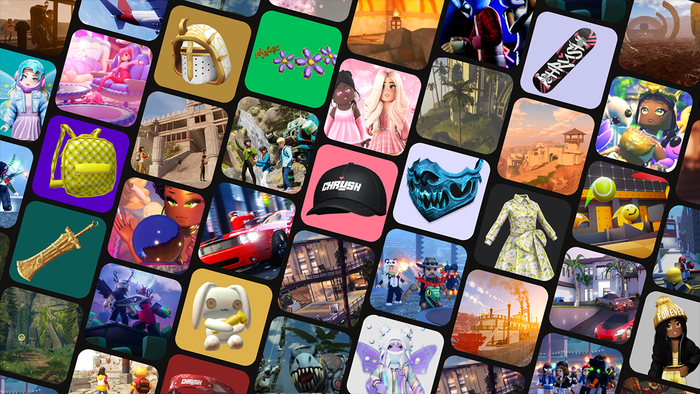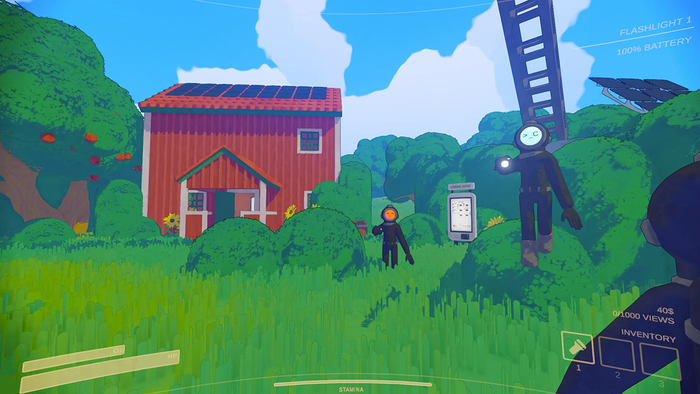Virtual worlds aren't the escape we thought they'd be. While VWs were led by MUD and Ultima fans, the virtual world movement will end with a mass market, and interaction design will see to it that the most effective are those that tie to real lives.

(Originally posted at Pixel-Love, Pixel-Lab's company blog)
I can't sum it up better than Raph does with this quote:
For those of us who dream of a place we can’t possibly be, doing things we couldn’t do, as someone else, with friends… well, we’re a little bit out of luck. We’ll always have our Avalons and our Lost Worlds. They’re just not the future anymore.
I've done a fair bit of research on virtual worlds, and the entire Neuromancer/Lawnmower Man/Matrix scenario has always seemed a bit ridiculous to me, but reasons for failure of things like Second Life tend to stall on the aesthetic (they're butt ugly, as going for a cutting edge 3D approach generally means the aesthetics are dated before the world gets any traction) and functional (3D is a terrible method for organising and retrieving information: cloud cuckoo filing cabinets that dispense with many of the advantages of digital content), but it took experimentation to be able to say it would only expand so far and that new forms of virtual world would find a bigger audience.
Raph has an interesting observation though (among many), and with restrospective vision it's kind of obvious: Virtual worlds aren't the escape we thought they'd be, but are bleeding into real life through people's preferences for content. While it was led by MUD and Ultima fans, the virtual world movement will end with a mass market, and interaction design will see to it that the most effective are those that tie to customers real lives.
About the Author(s)
You May Also Like







